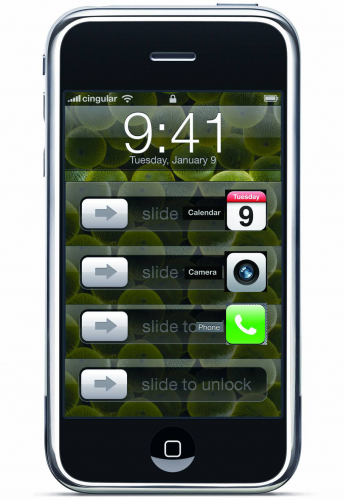Back in 1996 I had an idea I called the “CreepAway”.
It was a device that would screen your phone calls – it would auto-answer (blocking the local ring), and then ask the caller to “Enter Extension Number” (really a password).
If the caller entered the correct password, it would ring the phone so you can answer.
If they didn’t, the caller would be sent to voicemail.
The idea is that you give both your phone number and your “extension” to your friends – they dial your number, enter your “extension”, and the phone rings.
Telemarketers and others calling at random only get to leave a voicemail.
I think this would be easy to do today with an Android app.
I’m sick and tired of getting robocalls offering me legal help with my (non-existent) IRS debt.
Somebody please build this.
Update, 2013-12:
I recently realized that not only would this be easy to do in an Android or iOS app (intercept the incoming call at the API level, assuming those APIs are exposed), but there’s an even simpler way.
Do it as a service.
Your phone company (Vonage, Google Voice, the PTT, whatever) would provide you with two numbers – a public one (to be given out) and a private one (known only to the phone company).
When people call the public number, the service provider (phone company) would prompt for the extension (or password, whatever). If the caller gives the correct one, the call is forwarded to your private number. If not, to voicemail.
That’s it. It would be trivial to implement in a modern SIP or H.323 based phone system. And they could charge for the service.
Hey – somebody – DO THIS.
